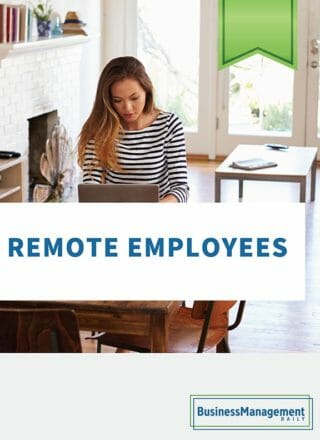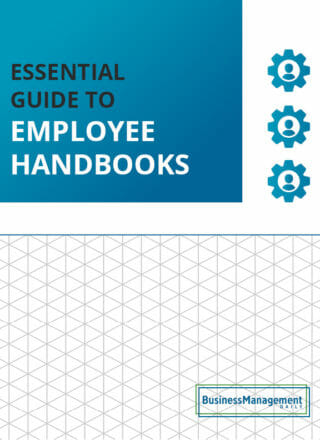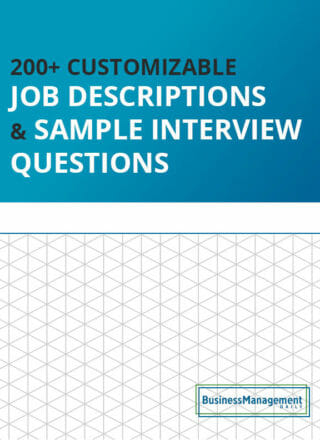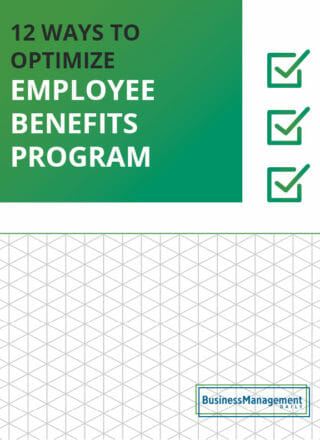Employee advocacy: The key to unlocking organic reach
 Ready to turn regular workers into influential brand ambassadors? Step up employee advocacy efforts.
Ready to turn regular workers into influential brand ambassadors? Step up employee advocacy efforts.
Odds are high that most staff members are already active on social media. Employees extend your brand’s reach by encouraging them to promote your company through their personal and professional networks.
Employee advocacy programs allow everyone in the organization to participate in the sales, recruiting, and marketing teams. Contributing to the company’s success increases employee engagement and loyalty.
At the same time, the business gets its name and purpose out there in a natural, cost-effective manner.
Why employee advocacy works
The world bombards us with messages every day. We cannot keep up with all the communication presented, nor do most of us want to. Our time is precious, so we limit where we give our attention.
This selectivity poses a dilemma for businesses trying to attract new customers or lure top talent. Ads and other means of reaching people often must be addressed.
We pay greater attention, though, to things said by people we know. Their interests often correspond to ours, so what they say could be significant and worth our time.
We also trust our connections and take what they say more seriously. Whereas ads and other marketing material often breed skepticism, words coming from our network are regarded as more authentic and believable.
Thus, employees posting about your company cuts through much of the “overload” happening worldwide. They put your organization’s name in a prominent spot in front of people who might give you the time of day because of their relationship with the individual doing the posting.
Benefits reaped from employee advocacy
All companies want to build trust and brand awareness. Letting potential customers know you exist and what you can do for them is critical to gaining business. Employee advocacy contributes to name recognition and people checking out what you have to offer.
Say Sally works for the insurance company XYZ. She regularly posts on social media about matters related to her industry and her employer, from expert advice on what to do when a car accident occurs to XYZ’s efforts to help communities devastated by hurricanes.
Readers who look at her material become familiar with the XYZ name and form an impression of the company, such as “Wow. They really seem to care about those they insure.”
This knowledge and impression could lead readers to take further action. They may visit the company’s website to learn more about its offerings. Or, they might call the office to have an agent compare XYZ’s rates to their current ones.
Even if insurance isn’t top of mind now, the posts set the stage for down the line. When in the market, the name XYZ might come to mind or be recognizable from a list of area insurers.
Prospective customers are not the only ones influenced by what they read. Those looking for a job gain impressions of employers through what they view on LinkedIn and other social media channels.
Candidates form ideas about the employer brand, such as what the place offers workers and the company culture. Such “insider” perspectives prove valuable in the talent acquisition process.
Even just the act of employees serving as brand advocates says something. Willingness to spread positive messages about the employer and its offerings is a sign of engaged employees, which job candidates find attractive.
Those who share reap benefits, too. They strengthen their position as influencers in their industry, and the fact that their employer trusts them to serve as a representative makes them feel valued and important.
Statistics on employee advocacy
Need a bit more convincing on the benefits of employee advocacy? EveryoneSocial, a company dedicated to helping organizations activate employee influencers, shares these eye-catching numbers:
- 76% of individuals surveyed say they’re more likely to trust content shared by “normal” people than that shared by brands.
- Brand messages are re-shared 24 times more frequently when distributed by employees through employee advocacy vs the brand.
- Leads developed through employee social marketing convert 7x more frequently than other leads.
- An employee advocacy program costs 1/10 of paid advertising (or less).
Creating a successful employee advocacy program
Social selling and brand promotion are not random processes. Do not think that simply encouraging your employees to say nice things about your company on their social media networks will yield the ROI you desire.

Instead, thought leaders need to develop an employee advocacy strategy. They should define the program’s goals and what the company hopes to accomplish.
They should also establish metrics measuring success, such as the number of employees participating, increased web traffic, new leads generated, and similar benchmarks.
Then, work on buy-in among staff. Explain the purpose of the employee advocacy initiative and the ability of every worker to make a difference. Generate excitement about the possibilities and offer performance and participation incentives such as swag or gift cards.
Next, empower through training. From the top down, everyone should realize this is a structured endeavor, not people posting random comments.
Instruct advocates about style and content. You want to present a consistent brand message. Talk about links, hashtags, shares, responses, and other vital elements.
Offer shareable content, such as press releases, industry articles, and pictures. Having brand content readily available makes the process easier for advocates. Bring these subjects to their attention through employee advocacy platforms, company news publications, and email blasts.
(As a bonus, this internal communication engages employees by keeping them well-versed about company happenings.) Regularly ask employees what topics they would like to see covered, too.
Drive home the point that employees advocate control over what they post. They should not feel obligated to share everything. Sticking with what resonates with them keeps posts authentic.
They should also feel free to add their touch. Encourage personalization, such as adding commentary on an industry topic or recounting their experience at a company-sponsored volunteer event.
This individualization keeps material relevant to the network and fresh rather than canned. After all, this is the person’s social network, not the employer’s.
Employee advocacy tools
While employee advocacy programs provide desirable outcomes, employers may feel overwhelmed by creating one and measuring its success.
Some seek the services of an outside expert. Others invest in relevant software. Things these sources may offer include:
- Tracking active participation (who is posting and how often)
- Presenting ideas on what to post
- Centralizing shareable material
- Gamification (friendly competition to encourage action, perhaps with a leaderboard recognizing top performers)
- Collecting data on leads, web traffic, event registration, comments, shares, and other measurables
- Calculating ROI (how much the company would have spent on paid advertising to achieve the same organic reach and visibility through employee networks)
Employee-shared content in action
Looking for some inspiration on how to share content? Let’s examine a few real-life examples of brand advocacy:
Ryan Barretto, the president of this social media platform, sent the following message to Sprout employees along with a copy of an article he wrote:
“Hi, team! I’m fortunate to converse daily with C-suite executives and marketing leaders across brands and industries. In my latest article, I’m sharing their timely perspectives, challenges, and sentiments around social and how it fits into their macro business strategy.”
His piece on CMO perspectives on social media was shared 87 times by Sprout employees, reaching nearly 233,000 people in six business days.
Employee advocates benefited, too. They received easy-to-share, exciting information to pass along to their network and amplify their status in the industry.
While this company wants to sell mattresses, thought leadership realizes social media users need to see sales material. Thus, their social media strategy focuses on education and community.
Employee advocates share content about sleep health. (Who couldn’t use a better night’s rest?) They also post stories on philanthropic endeavors, such as the Mattress Firm Foster Kids Initiative.
Customers and prospective job applicants gain a positive impression of the business by learning about its impact, hearing about annual time off to volunteer, and matching employee donations to nonprofits.
What started in 2018 with around 300 employee advocates has grown to 1,500 participants – with a combined reach of roughly 106,000.
A pioneer in employee advocacy, this footwear and clothing giant has been harnessing the power of employee advocacy since 2015. Wanting to attract more everyday athletes, the company realized its employees were great examples of non-elite fitness enthusiasts in the desired target audience.
Reebok encouraged its workers to share pictures of themselves wearing the company’s merchandise and the custom hashtag #FitAssCompany.
While it also provided company content to use if desired, it stressed that those posting should have fun and express their love of fitness. Today, experts cite Reebok as one of the best examples of employee advocacy in action.
A final note on employee advocacy
Team member participation is the cornerstone of employee advocacy programs. Nobody, however, should be forced to join. Some people will only be interested or feel comfortable mixing professional and personal spheres. Stick with volunteers: the genuine enthusiasm of those who want to post will shine through.
Remember that the best way to encourage workers to promote your brand is to create a positive work environment. Singing praises comes more naturally when people feel valued by their employer, engaged in what they do, and excited about company culture.
Additional Resources:
Workplace etiquette: The ultimate guide to professionalism
Employee life cycle: Strategies to attract, engage, and retain top talent
How to successfully manage your employee lifecycle






